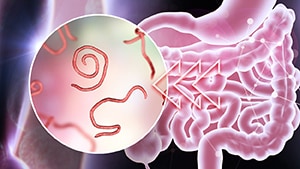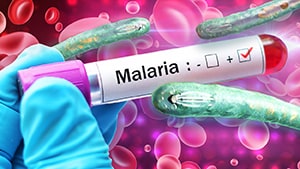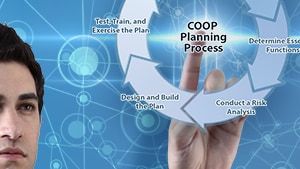| Description | Additional Information | |
|---|---|---|
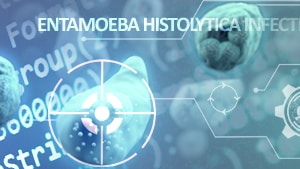
|
Algorithms in Diagnostic Molecular Parasitology Learn the tools necessary to make evidence-based decisions relative to implementing and performing molecular methods to diagnose parasitic diseases. |
Live Event: 9/25/19 – 9/27/19 Level: Basic Registration Closes: 7/8/19 |
|
Diagnostic Parasitology I: Intestinal Organisms & Arthropods Learn how to detect and identify medically important intestinal helminths, intestinal protozoa, and arthropods. |
Live Event: 10/22/19 – 10/25/19 Level: Intermediate Registration Closes: 7/30/19 |
|
|
Diagnostic Parasitology II: Bloodborne & Tissue Parasites Learn how to detect and identify blood and tissue parasites. Lectures and hands-on laboratory exercises will target Plasmodium spp., Babesia spp., microfilariae, Leishmania spp., and Trypanosoma spp. |
Live Event: 10/28/19 – 10/31/19 Level: Intermediate Registration Closes: 7/30/19 |
|
 |
Antimicrobial Susceptibility CLSI Standards Learn about the supplemental tables that correlate with the standards and the interpretive criteria for antimicrobials recommended for testing a variety of bacteria. This course provides essential information for those new to antimicrobial susceptibility testing and serves as an important refresher for experienced laboratory professionals |
On-demand eLearning Level: Basic |
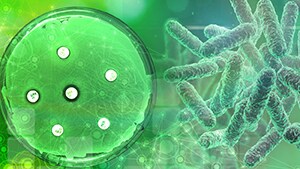 |
Antimicrobial Susceptibility Testing Methods (AST) Learn technical and regulatory considerations for any method of medical laboratory antimicrobial susceptibility testing. This course provides essential information for those new to antimicrobial susceptibility testing and an important refresher for laboratory professionals with more experience. |
On-demand eLearning Level: Basic |
 |
This course provides clinical laboratory scientists with information about the laboratory identification of anthrax. This training assists clinical laboratory scientists in recognizing potential agents of bioterrorism that they may encounter during routine laboratory work-ups of sputum, blood and aspirate/biopsy specimens. |
On-demand eLearning Level: Intermediate |
 |
Learn about basic culture media used in the microbiology laboratory. |
On-demand eLearning Level: Basic |
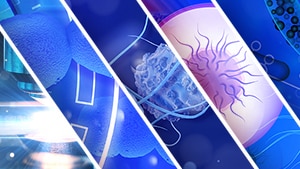 |
Basic Microbiology eLearning Curriculum Learn basic microbiology laboratory skills and procedures necessary to identify microorganisms from clinical specimens. Courses include: Basic Microscopy, Basic Culture Media, Biochemicals and Gram Positive Organism ID, Biochemicals and Gram Negative Organism ID, Routine Microscopy Procedures, Antimicrobial Susceptibility Testing Methods (AST). |
On-demand eLearning Level: Basic |
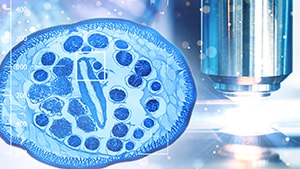 |
Learn the components, setup, procedures, and care and maintenance of a bright field (compound) microscope. |
On-demand eLearning Level: Basic |
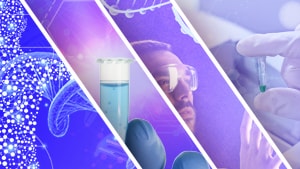 |
Basic Molecular Biology Curriculum Learn basic Molecular Biology laboratory skills and will introduce the scientific background for molecular diagnosis, the principles of laboratory settings, and common methods. |
On-demand eLearning Level: Basic |
 |
Basic Molecular Biology Module 1: Basic Science Learn information on the fundamental characteristics of DNA and RNA, nucleotide base-pairing rules, and the basic techniques and workflow applied in molecular diagnostics. |
On-demand eLearning Level: Basic |
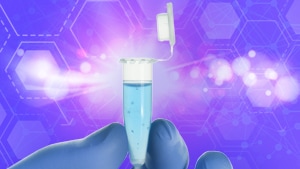 |
Basic Molecular Biology Module 2: Laboratory Practice Learn information on general laboratory practices. Topics covered include biosafety practices, laboratory area flow, and practices to minimize contamination. |
On-demand eLearning Level: Basic |
 |
Basic Molecular Biology Module 3: Nucleic Acid Extraction Learn information on nucleic acid extraction. Topics covered include extraction method selection, basic extraction steps, and nucleic acid analysis. |
On-demand eLearning Level: Basic |
 |
Basic Molecular Biology Module 4: PCR and Real-Time PCR Learn information on the principle of PCR and real-time PCR. Topics covered include PCR steps, PCR product analysis, real-time PCR characteristics. |
On-demand eLearning Level: Basic |
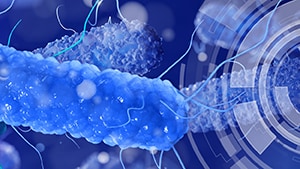 |
Biochemicals and Gram Negative Organism ID Learn how to read a Gram stain, colonial characteristics, and biochemical tests used to identify Gram negative microorganisms as well as commonly used testing algorithms. |
On-demand eLearning Level: Basic |
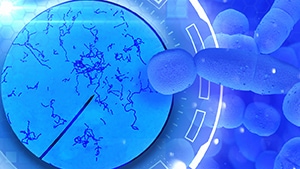 |
Biochemicals and Gram Positive Organism ID Learn how to read a Gram stain, colonial characteristics, and biochemical tests used to identify Gram positive microorganisms as well as commonly used testing algorithms. |
On-demand eLearning Level: Basic |
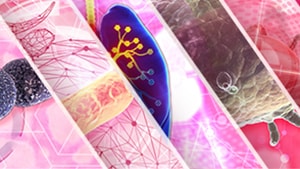 |
Biothreat Preparedness Training for Sentinel Laboratories Curriculum Learn the Laboratory Response Network (LRN) protocols for bioterrorism agent identification. Courses include: Bacillus anthracis, Brucella spp., Burkholderia spp., Yersinia pestis, Francisella tularensis. |
On-demand eLearning Level: Intermediate |
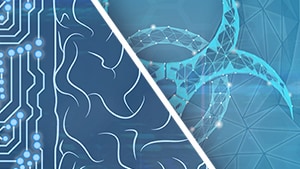 |
Biothreat Rule Out or Refer Series Participate in a series of virtual case studies using ASM’s sentinel laboratory protocols in a safe environment to detect potential bio-threat agents. |
On-demand eLearning Level: Basic |
 |
Biothreat Rule Out or Refer: Virtual Knowledge Exercise 3 Participate in a series of three virtual case studies (samples 7-9) using the American Society for Microbiology (ASM) sentinel laboratory protocols to detect potential biothreat agents, while in a safe environment. |
On-demand eLearning Level: Basic |
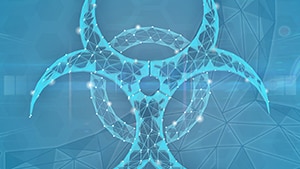 |
Biothreat Rule Out or Refer: Virtual Knowledge Exercise 4 Participate in a series of three virtual case studies (samples 10-12) using the American Society for Microbiology (ASM) sentinel laboratory protocols to detect potential biothreat agents, while in a safe environment. |
On-demand eLearning Level: Basic |
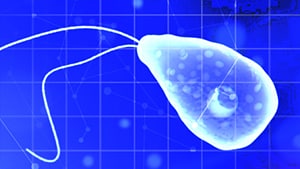 |
Brain-Eating Amoebae – Challenges in Diagnosis and Treatment Learn the importance of using a combination of morphology, immunofluorescence microscopy, and real-time PCR for rapid and accurate diagnosis of the three amoebae that cause human central nervous system infections. |
On-demand eLearning Level: Intermediate |
 |
This course provides clinical laboratory scientists with information about the laboratory identification of Brucella spp. species. The goal is to assist clinical laboratory scientists in better recognizing potential biothreat agents they may encounter during routine laboratory work-ups of sputum, blood and aspirate/biopsy specimens. |
On-demand eLearning Level: Intermediate |
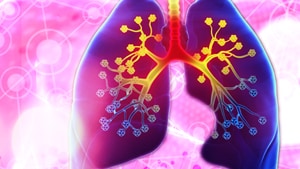 |
This course provides clinical laboratory scientists with information about the laboratory identification of Burkholderia spp. The goal is to assist clinical laboratory scientists in better recognizing potential biothreat agents they may encounter during routine laboratory work-ups of sputum, blood and aspirate/biopsy specimens. |
On-demand eLearning Level: Intermediate |
 |
Learn several core microbiological skills that are used in public health, clinical, and research laboratories.
|
On-demand eLearning Level: Basic |
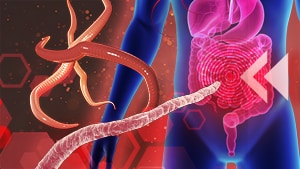 |
Diagnostic Features of Intestinal Nematodes Learn an overview an overview of the morphologic features that are important in correctly identifying intestinal nematode eggs, larvae, and adult worms. |
On-demand eLearning Level: Basic |
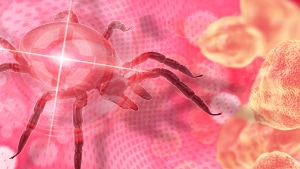 |
This course provides clinical laboratory scientists with information about the laboratory identification of Francisella tularensis. The goal is to assist clinical laboratory scientists in better recognizing potential biothreat agents they may encounter during routine laboratory work-ups of sputum, blood and aspirate/biopsy specimens. |
On-demand eLearning Level: Intermediate |
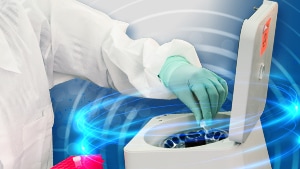 |
Fundamentals of Centrifuge Safety Learn the major parts of a centrifuge, types of centrifuges, potential hazards, how to work safely with a centrifuge, and what to do if there is an emergency. |
On-demand eLearning Level: Basic |
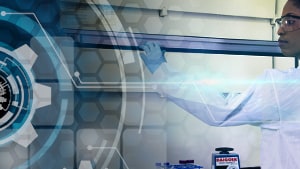 |
Fundamentals of Chemical Fume Hood Safety Learn the major components of a chemical fume hood and proper practices for its safe and effective operation.
|
On-demand eLearning Level: Basic |
 |
Fundamentals of Working Safely in a Biological Safety Cabinet Learn how to work safely in a Class II biological safety cabinet (BSC). |
On-demand eLearning Level: Basic |
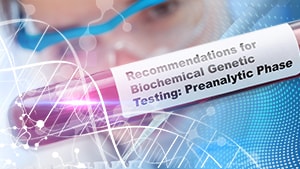 |
Good Laboratory Practice Recommendations for Biochemical Genetic Testing: Preanalytic Phase Learn an overview of the quality practices in the preanalytic phase of biochemical genetic testing. |
On-demand eLearning Level: Basic |
 |
Good Laboratory Practices for Molecular Genetics Testing Learn to develop procedures and processes for a molecular genetic test which are consistent with regulatory requirements and good laboratory practices. |
On-demand eLearning Level: Basic |
|
Introduction to Laboratory Informatics Curriculum Learn the journey of a specimen through the laboratory and explore the generation and transmission of data and results within and outside of the laboratory. |
On-demand eLearning Level: Basic |
|
|
Laboratory Continuity of Operations (COOP) Planning Course Learn guidance and tools necessary for the development of laboratory continuity plans. |
On-demand eLearning Level: Basic |
|
 |
Methods of Antimicrobial Susceptibility Testing Educational Resource (MASTER) elearing Curriculum Learn a detailed overview of the Clinical and Laboratory Standards Institute (CLSI) standards for antimicrobial susceptibility testing of bacteria isolated from clinical specimens. |
On-demand eLearning Level: Basic |
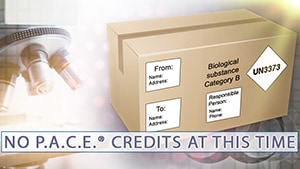 |
Packaging and Shipping Division 6.2 Materials: What the Laboratory Professional Should Know 2016 Learn what the laboratory professional should know to be certified (or recertified) to ship Division 6.2 Materials. |
On-demand eLearning Level: Intermediate |
 |
Rapid Prostate Specific Antigen Testing for Detecting Semen Exposure Learn how the ABAcard® p30 test is used to identify prostate specific antigen (PSA) in semen. |
On-demand eLearning Level: Basic |
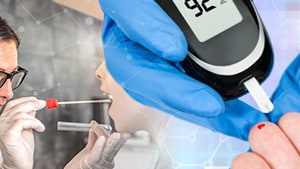 |
Ready? Set? Test! Patient Testing is Important. Get the Right Results Learn how to safely and accurately perform patient testing waived under the Clinical Laboratory Improvement Amendments of 1988. |
On-demand eLearning Level: Basic |
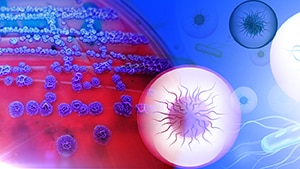 |
Learn about routine microscopy procedures used in the microbiology laboratory. |
On-demand eLearning Level: Basic |
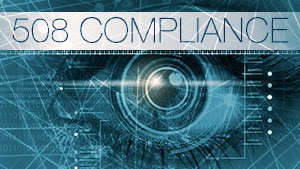 |
Why, When, and How to Create a Section 508-Compliant Document Learn the importance of creating Section 508-compliant material and publicly available resources, common issues encountered by authors and developers, and potential solutions. |
On-demand eLearning Level: Basic |
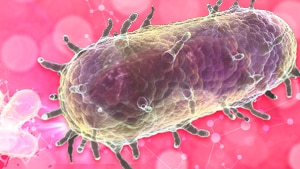 |
This course provides clinical laboratory scientists with information about the laboratory identification of Yersinia pestis. The goal is to assist clinical laboratory scientists in better recognizing potential bioterrorism agents they may encounter during routine laboratory work-ups of sputum, blood and aspirate/biopsy specimens. |
On-demand eLearning Level: Intermediate |

